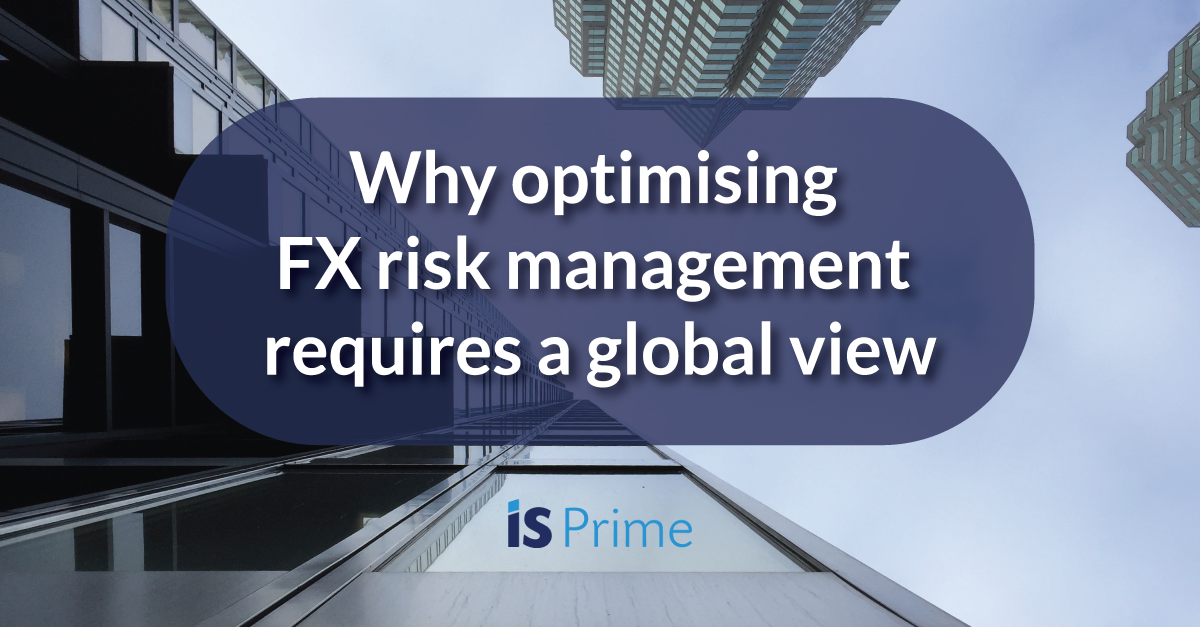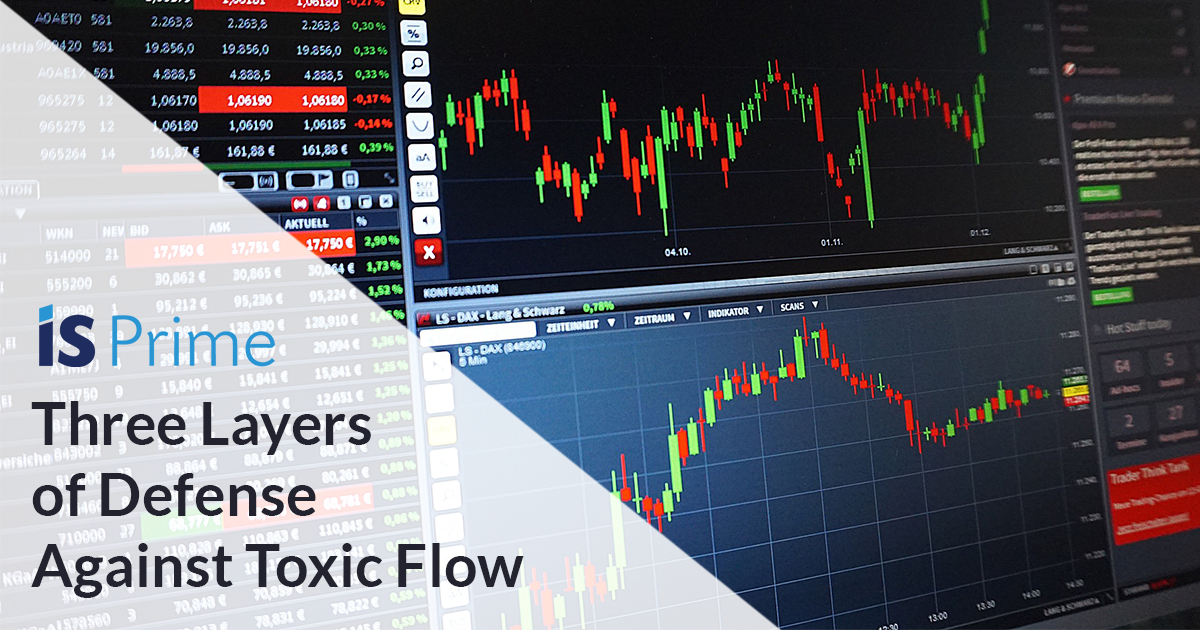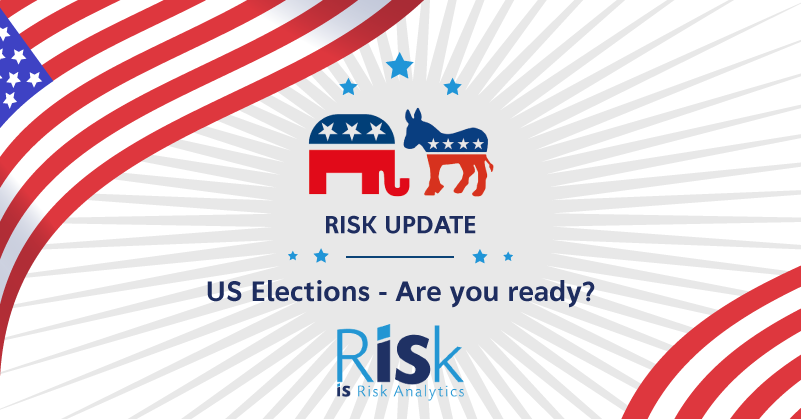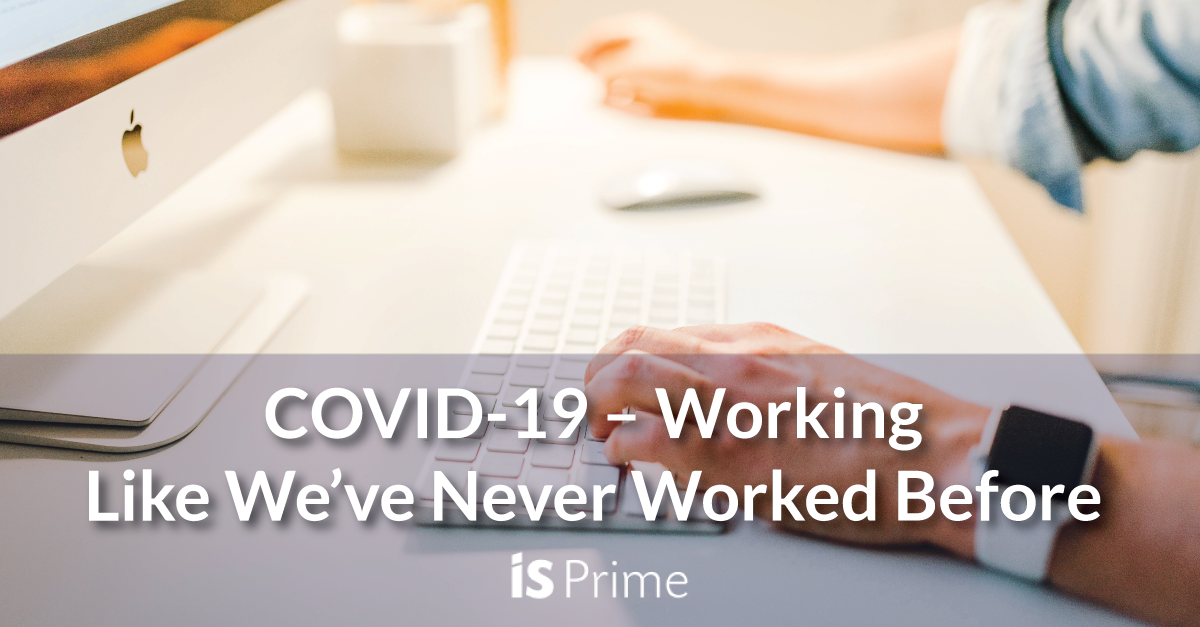Why optimising FX risk management requires a global view

What makes the difference between success and failure in the retail FX marketplace?
Often, it comes down to just one thing: effective risk management. If you don’t have a comprehensive view of the marketplace or take the right steps to mitigate risk, your business will be seriously exposed. That’s why it’s critical for brokers to optimise their risk management strategies and ensure they have the best tools and support in place to protect their books and their long term profitability.

Widening the horizon
Many brokers have only limited visibility because they rely solely on their internal risk teams. Although they play a valuable role, internal teams are restricted to the information they have in front of them and their personal experience of managing their own books, which means they are operating in a vacuum as we discussed previously.

Risk management doesn’t usually play to a broker’s strengths. An internal risk manager may take hours or days to identify the cause of an issue, such as latency arbitrage or toxic activity, only to discover that it’s too late to resolve.
How can this be avoided? The solution is to widen the perspective and create a global view – one that looks beyond the business and can spot things that internal teams may miss. To take a simple analogy, no matter how experienced a pilot is, that pilot requires the assistance of air traffic control to safely navigate all the hazards. It’s the same with the retail FX marketplace: brokers require additional eyes to scan the horizon and identify and neutralise risks.
Minding the gaps
Outsourcing is where a third-party risk management consultancy can become the FX broker’s control tower, helping it to plot the best course. With the ISAM Capital Markets Group, the control tower function is provided by ISRA (IS Risk Analytics), the company’s risk analytics wing.
ISRA can respond immediately to any threat and, rather than replacing a broker’s internal risk management team, it supplements and enhances it. In other words, ISRA optimises the risk framework and ensures that there are no weak spots. And when it comes to strengthening defences, brokers should address the following questions:
 Is there any toxic activity on the book?
Is there any toxic activity on the book? - What’s the level of exposure?
- Is the book positioned to take advantage of volatility?
- Is counterparty risk under control?
- Can negative balance risk be ascertained at any given time?
Risk specialists need a clear view of – and an appropriate strategy for – all these challenges. This is best achieved when internal and external teams work together. As an external team, ISRA can cover all the risk management bases, and because they manage over one trillion dollars in monthly traded volumes, there are very few risk scenarios that we haven’t seen and handled.
There are also significant advantages of being able to identify toxic clients, behaviours and strategies across brokers as, due to ISRA’s breadth of clients and sheer size, they are often able to flag such trades often before damage is done.
Investing in success
ISRA’s risk management is available as a standalone service but is also something that, when customers reach sufficient volume with IS Prime, they automatically benefit from.
Without proper risk management, you will always be living dangerously. It therefore makes sense to optimise your business with a third-party advisor who can provide the clarity and control to manage both the risks that you know about and, more importantly, those that you don’t.





